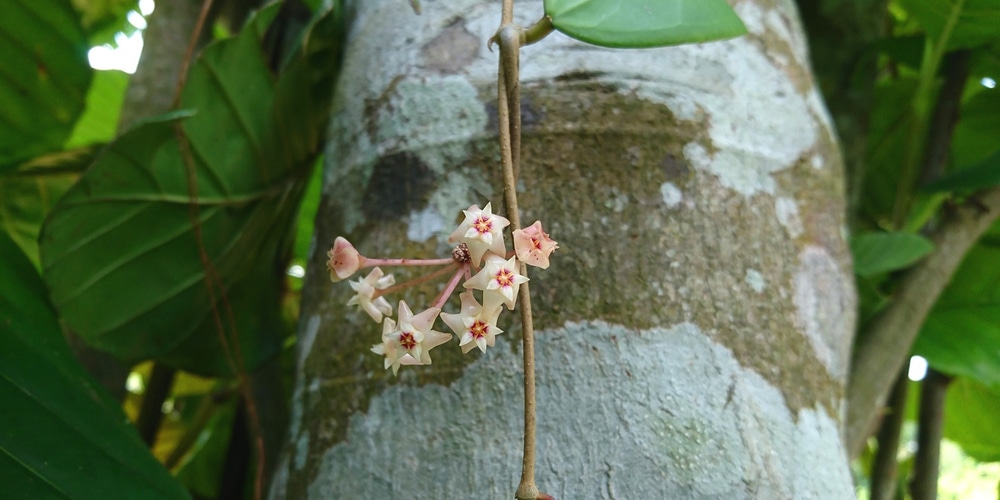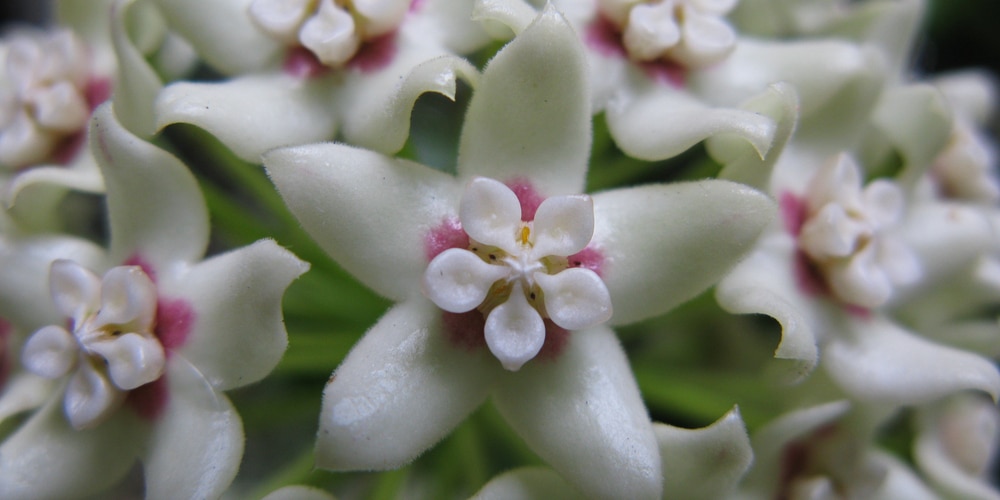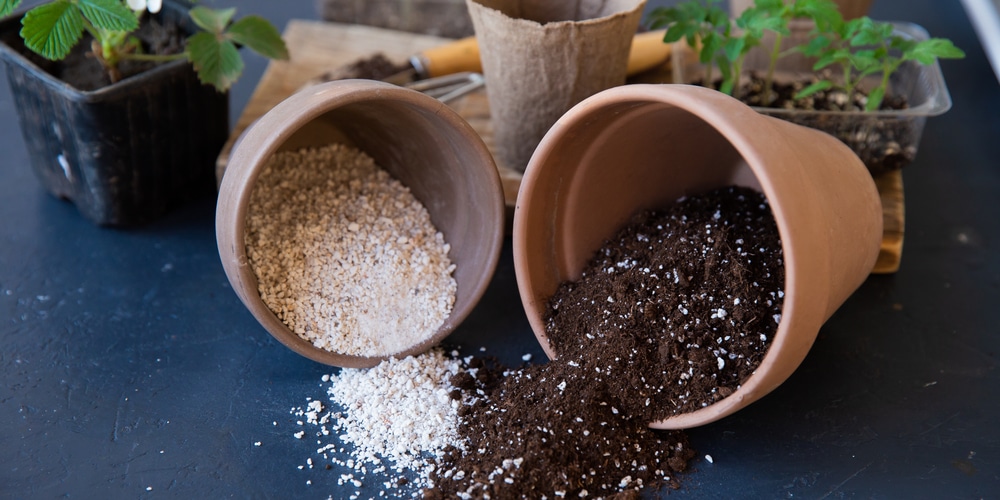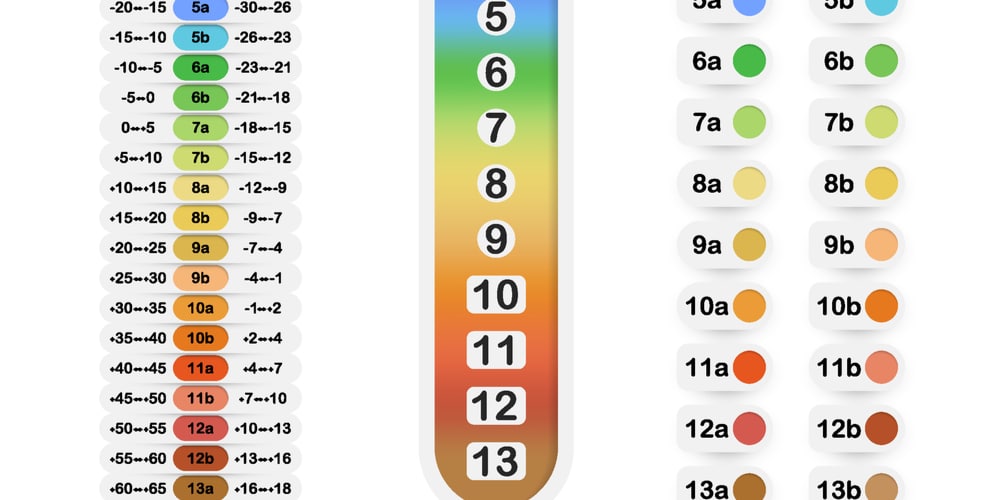If you’re looking for an exciting and easy-to-care-for plant for your indoor garden, look no further than hoya verticillata. This unique plant is perfect for those new to gardening, as it is very hardy and doesn’t require much maintenance. In this article, we will discuss the care and growing requirements of Hoya verticillata so that you can have a beautiful and healthy plant in your home!
What Is A Hoya Verticillata Plant, And Where Does It Come From?
Hoya verticillata is a succulent plant that comes from the tropical regions of Asia and Australia. It is an evergreen perennial that grows best in full sun or partial shade. The hoya verticillata plant has thick, woody stems and produces clusters of small, star-shaped flowers in white, pink, or red shades.
What Are The Benefits Of the Plant?
There are many benefits to having an indoor hoya plant in your home or office space. Firstly, this type of hoya is known for improving air quality. It helps remove toxins from the air and release oxygen into the environment, making it an excellent choice for anyone who suffers from allergies or asthma.
Hoya verticillata is also an excellent choice for anyone who wants to add some greenery to their indoor space but doesn’t have a lot of natural light. This type of hoya thrives in low-light conditions, so it’s perfect for those who don’t have a lot of windows or live in an area that doesn’t get a lot of sunlight.
Lastly, hoya verticillata is an excellent plant for people new to gardening. It’s straightforward to care for and doesn’t require much maintenance.
How To Grow Hoya Verticillata: The Care And Growing Requirements
How Do You Take Care Of A Hoya Verticillata Plant So That It Thrives Indoors For Many Years To Come?
Sunlight
Hoya verticillata plants do well in bright, indirect sunlight. However, they can also tolerate moderate levels of direct sun. Make sure to place your plant near a window where it will receive plenty of natural light but won’t be in direct sunlight all day long.
Water
Hoya verticillata plants like to be kept moist but not wet. Check the soil moisture daily and water when the top inch of soil feels dry to the touch. Avoid getting water on the leaves as this can cause leaf spots.
Temperature
Hoya verticillata plants prefer cool temperatures between 65-75 degrees F. Do not expose them to temperatures below 60 degrees F or above 80 degrees F.
Soil
They can thrive in a potting mix that is well-drained and slightly acidic. You can either create your potting mix or purchase a pre-made mix from your local garden center.
Fertilizer
Feed your hoya verticillata plant a liquid fertilizer every two weeks during the spring and summer months. Do not fertilize in the winter.
Pruning
Prune your hoya verticillata plant occasionally to keep it looking healthy and bushy. Remove any dead or damaged leaves using sharp scissors. You can also trim the stems to keep the plant at the desired size.
Humidity
These plants grow as epiphytes on trees in tropical rain forests in the wild, so they need high humidity and plenty of moisture to thrive. They will do well in a bathroom or kitchen with a lot of moisture, or you can set them on a tray of pebbles filled with water. The water will evaporate and provide the humidity your plants need.
USDA Climate Zones
Hoya verticillata is a tropical plant that grows outdoors in USDA Climate Zones 11 and 12. If you live in a climate zone higher than 12, you can still grow Hoya verticillata indoors. This plant does not do well when it gets below 50 degrees Fahrenheit. So, if you live in a colder climate, you will need to keep your Hoya verticillata indoors.
How To Propagate Hoya Verticillata
One of the great things about hoya verticillata is that it’s easy to propagate. You can propagate your plant by taking stem cuttings or dividing the root ball.
To take a stem cutting:
* Use sharp scissors to cut a healthy stem from the mother plant.
* Leave at least two leaves on the cutting.
* Dip the end of the stem in rooting hormone and place it in a pot filled with moistened soil.
* Cover the pot with plastic wrap to create a greenhouse effect and keep the soil moist at all times.
To divide the root ball:
* Use a sharp knife to cut through the roots of the plant.
* Separate the roots into two or three pieces and replant them in pots filled with moistened soil.
* Keep the soil moist at all times.
Are There Any Potential Problems With Keeping A Hoya Verticillata Plant Indoors, And How Can You Avoid Them?
One potential problem with keeping a hoya verticillata plant indoors is that it can be sensitive to changes in temperature and humidity. Make sure you keep an eye on the conditions in your home and try to create a consistent environment for your plant. You may also need to mist the leaves occasionally if the air is dry. Another potential issue is that hoya verticillata plants can be susceptible mealybugs and other pests. If you notice any pests on your plant, take action immediately to get rid of them.
The Best Ways To Display A Hoya Verticillata Plant In Your Home
There are many ways to display a Hoya Verticillata plant in your home. You can place it in a pot on a table or shelf or hang it from the ceiling. You can also grow it indoors in a garden or planter box. Here are some tips on how to best display your Hoya Verticillata plant:
* If you are growing your Hoya Verticillata plant indoors, be sure to place it in a location that receives plenty of sunlight. The plant needs at least six hours of direct sunlight per day.
* If you are displaying your Hoya plant in a pot on a table or shelf, be sure to choose a pot that is large enough for the plant to grow. The pot should also have a drainage hole so that water can escape.
* If you are hanging your Hoya Verticillata plant from the ceiling, be sure to use a sturdy hanger or hook.
* If you are growing your plant in a garden or planter box, be sure to use a potting mix specifically designed for succulents.
Conclusion
Hoya verticillata is a great indoor plant for those who want to grow something that will thrive in the humid environment of their home. It also propagates easily, so if you love this plant and want more than one, it’s easy to do!



